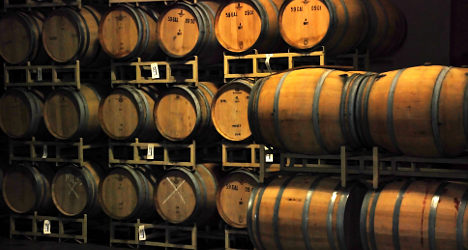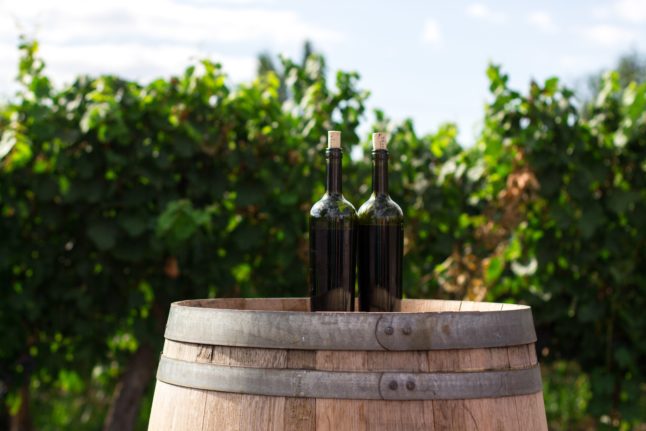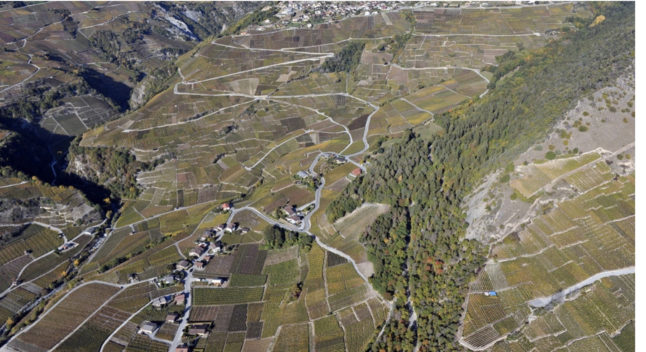The finance department said on Tuesday that it has instead agreed to increase the amount to five from two litres a day, a compromise that aims to respond partly to concerns raised by domestic wine producers already struggling to deal with cheaper imports.
But the amount of meat you can bring over the border without charge into Switzerland has been dramatically cut back in the revised duty plan for cross-border shopping, set to take effect on July 1st.
The government said the goal of the changes is to simplify the collection of duties, which are not expected to generate more revenue than the existing regime.
Last summer, the Federal Customs Administration proposed boosting the amount of duty-free wine you could legally import to reduce the administrative workload and to improve the traffic flow at border entry points.
That sparked an angry reaction from Swiss vintners and politicians from the canton of Valais, the country’s largest wine producer.
Law-makers bowed to the concerns.
A tax of 60 cents a litre currently applied on wine over the duty-free limit up to 20 litres will jump to two francs ($2.25) a litre.
However, beyond 20 litres the tariff will drop to two francs from three francs a litre.
The daily duty-free limit for spirits (beverages with more than 18 percent alcohol, up from the current 15 percent) will remain unchanged at one litre a day.
The tax on amounts above that, which currently varies according to the product, will be a uniform 15 francs ($17) a litre — something to consider if you are thinking of bringing in a few flagons of cognac.
But cross-border supermarket shoppers will face value-added taxes (VAT) on daily purchases totalling more than 300 francs ($338), a ceiling that will include tobacco and alcohol as of July 1st, unlike now.
A limit of one kilogram of “meat and meat products” will apply before duties amounting to 17 francs a kilogram kick in.
Currently, the duty-free limit for meat is just half a kilogram, but this rises to 3.5 kilograms for salted, dried and smoked meats, which leaves open the possibility of label changing and other avoidance schemes.
The government said that the application of duties will apply to products that gain protection for farm policy or health reasons.
Butter and cream, oil, animal fats and margarine are all subject to levies above a certain amount.
The maximum number of duty-free cigarettes allowed to be imported daily is 250, with a 25-centime duty on amounts higher than that.
Merchandise that travellers bring into Switzerland for their own needs or for presents will be exempt from duty up to a value of 300 francs.
Cross-border shopping in neighbouring European countries by Swiss residents has become a booming activity because of the high value of the franc against the euro.
While Switzerland is a member of the passport-free Shengen zone in Europe, Swiss border guards still check visitors for merchandise, which can lead to traffic jams at busy entry points into the country.
The government said the new regulations are designed to make it easier to clear customs.
In the "medium term", it said, travellers will be able to declare purchases electronically with the aid of a smart phone or tablet before they arrive at the border.
The technology will allow people to know precisely what duties or sales tax they are required to pay, although the government did not set a date when this will introduced.




 Please whitelist us to continue reading.
Please whitelist us to continue reading.
Member comments